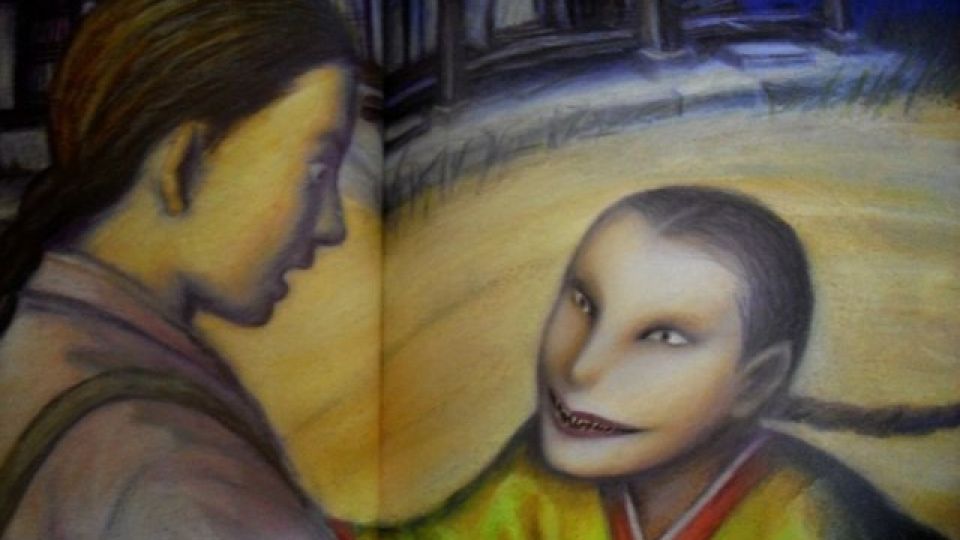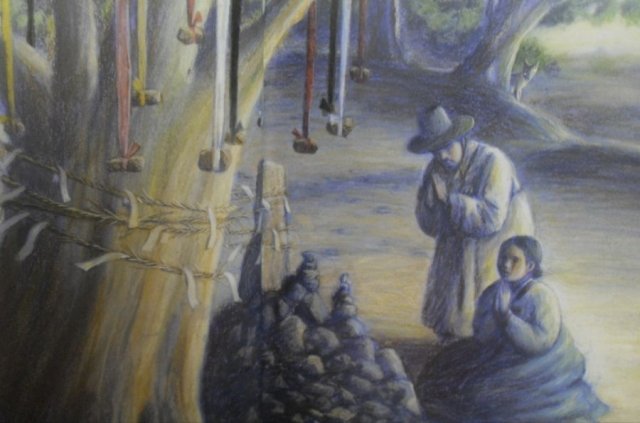SEOUL (ANN/KOREA HERALD) – As Halloween season ushers in tales of ghosts and ghouls across the world, it’s a fitting time to explore South Korea’s own eerie folklore, rich with spirits, demons, and shape-shifting creatures. While Halloween traditions have only recently taken root in South Korea, supernatural horror has deep roots in Korean culture, with stories that might give even seasoned Halloween enthusiasts a fright.
A land of spirits
When Western missionaries arrived in Korea in the late 19th century, they discovered a society where supernatural beliefs were intertwined with daily life. Spirits, known as “gwisin,” were thought to inhabit trees, rocks, and animals — making Korea’s landscapes places of haunting reverence. Early accounts like William Elliot Griffis’ Corea: The Hermit Nation (1882) noted Koreans’ deep respect and fear for these supernatural beings.
Among these mythical creatures, the fox spirit stands out. According to Korean folklore, a fox can grow nine tails and transform into a human after a thousand years. Unlike Chinese or Japanese fox spirits that might act benevolently, Korean foxes are known to seek human organs, especially the liver, in their quest to become human.
While modern interpretations have softened the image of these fox spirits — as seen in the 2010 K-drama My Girlfriend is a Gumiho or the character Ahri in League of Legends — their traditional form was far from friendly.
The haunting tale of the fox sister
One of Korea’s most chilling folktales is The Fox Sister, a story that still terrifies readers today. The tale begins with a father praying for a daughter, even saying he’d accept “a fox” as a child. His wish is granted, but with horrific consequences.
As the girl grows, livestock mysteriously start turning up dead, missing their organs. One night, the youngest son catches his sister devouring a cow’s liver and is subsequently cast out by his disbelieving father. Years later, he returns to find his family gone and his sister revealing her true nature.

The story, told in various forms across Korea, serves as a staple in Korean literature. It is not a moral tale about karma or virtue but instead aims to shock and horrify, breaking from the traditional endings that offer hope or redemption.
Lee, a mother of two, recalls reading the story to her children: “I expected a happier ending, but it left us unsettled with the daughter’s transformation into a family-killer. It was terrifying but fascinating.”
Lasting impact on readers
Generations of Koreans have grown up with this story, some recalling the unsettling illustrations that accompanied their childhood editions. A notable 1997 edition by Borim Press, illustrated by Park Wan-sook, features haunting imagery that left a lasting impression on many readers.
Max Lee, 28, recalls discovering the book in kindergarten. “The illustrations were so haunting that I scribbled over them so I wouldn’t have to see her face,” he said. The story’s images and message continue to resonate, keeping the tradition alive through children’s books and discussions today.

Yet, some see the tale’s darker implications. Bella Kim, a graduate student, finds the underlying message troubling: “Even as a child, I sensed how the story could be seen as a warning against wanting a daughter,” she said, noting the tale’s portrayal of a beloved daughter transforming into a monster.
For South Korea, Halloween is more than an imported celebration. It’s a reminder of the country’s own rich tradition of supernatural tales, showcasing the uniquely Korean way of confronting the eerie and the unknown.























































